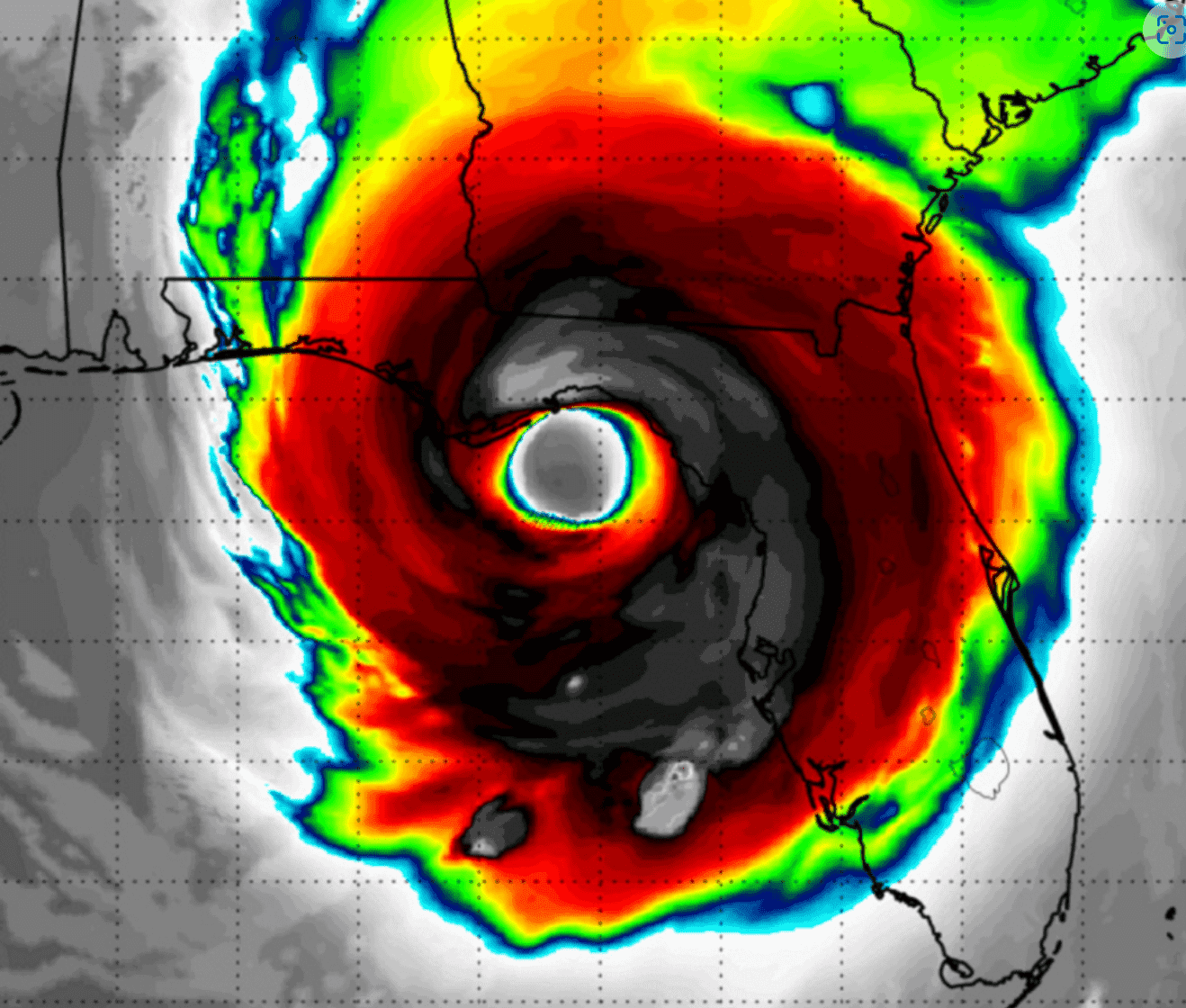Modern enterprises are embracing cloud-first strategies for voice, video, and contact center platforms. However, with that shift comes a dangerous side effect: a steep decline in visibility and control. It also highlights the risks of cloud communication environments, the inadequacies of traditional monitoring tools, and the need to regain accountability through purpose-built observability solutions.
Introduction
Enterprises are rapidly migrating from legacy telephony systems such as Avaya CM or Cisco CUCM and on-premises SIP trunks to modern platforms like Zoom Phone, Microsoft Teams, and Genesys Cloud. These cloud-first strategies support distributed workforces, enhance scalability, and reduce the burden of managing physical infrastructure. Yet, with these benefits comes a critical challenge: a significant loss of visibility and control over service delivery.
As responsibility for uptime and quality remains firmly with IT teams, the lack of transparency from cloud vendors, encryption barriers, and limitations of legacy monitoring tools create operational blind spots. This paper discusses how these challenges can be addressed through an observability framework designed specifically for today’s cloud-based, real-time communications environment.
The Visibility Crisis
In legacy environments, enterprise IT had direct access to infrastructure, media paths, and control layers. As communications move to the cloud, that access is lost. When vendors own the infrastructure and the session transport is encrypted, IT loses its ability to inspect, verify, and troubleshoot.
This crisis in visibility translates into practical, daily operational pain. Outages are harder to explain. Performance degradation becomes difficult to isolate. Vendors cannot be held accountable when their platforms falter. Worse still, regulatory obligations like call recording assurance or PCI compliance become impossible to validate.
Traditional tools are not equipped to bridge this gap. Network monitoring platforms, application performance managers, and even native cloud dashboards provide incomplete or misleading information. In encrypted environments, packet inspection is ineffective. In hybrid networks, third-party agents and external SBCs add complexity that traditional tools can’t handle.
Accountability in a Distributed Ecosystem
Despite the move to cloud services, enterprise IT remains responsible for delivering a reliable communications experience. Whether a call drops due to an issue on Zoom’s backbone or a voice stream degrades due to an intermediate proxy like Zscaler, the burden to explain and resolve still falls on internal teams. Without independent visibility into cloud sessions, IT cannot proactively detect issues, isolate the root cause, or verify vendor-reported metrics. This undermines trust, extends mean-time-to-resolution, and reduces IT’s ability to enforce internal or external SLAs. More significantly, when calls are encrypted and transit multiple layers of third-party infrastructure, enterprises have no effective way to ensure regulatory compliance or security posture.
Why Traditional Tools Fall Short
Many IT teams rely on platforms like ThousandEyes, Splunk, or built-in dashboards provided by their cloud vendors. While these tools offer some insight into network performance or user experience, they are not built for real-time, media-centric communications.
These solutions often lack support for UDP-based traffic, which is essential for voice and video. They may fail to emulate real media traffic, limiting their diagnostic precision. Moreover, they depend heavily on vendor APIs or post-call metadata, which may be delayed, sanitized, or inaccurate. This leaves IT teams managing user experience with incomplete, biased, or untimely data.
The Solution: Purpose-Built Observability
What’s needed is an observability platform designed from the ground up for modern, cloud-based communications. Such a platform must operate independently of the cloud vendor’s infrastructure, support encrypted environments, and deliver real-time insights into session-level quality, media path health, and signaling accuracy.
It must integrate seamlessly across SIP, RTP, WebRTC, and hybrid architectures. It should provide correlation across network elements, endpoints, agents, and cloud APIs. Most importantly, it must turn raw data into actionable intelligence, enabling IT to detect anomalies early, resolve issues quickly, and hold vendors accountable.
Purpose-built observability restores IT’s ability to see what’s happening across complex, encrypted, and distributed environments. It bridges the visibility gap left by cloud migration and empowers teams to reclaim control of service assurance.
Use Case Scenarios
In a modern enterprise, observability needs to extend across a wide range of scenarios. For example, Zoom Phone and Genesys Cloud implementations require deep integration with vendor APIs to monitor session metadata and detect real-time degradations. Similarly, the use of proxies like in WebRTC deployments introduces media path variability that must be correlated with browser telemetry.
In hybrid environments involving BPOs and third-party agents, IT must extend visibility across organizational boundaries. This includes collecting diagnostics from external SBCs and correlating them with internal session paths. Compliance-driven environments must validate that regulated calls are not only recorded but traceable, auditable, and complete.
Architectural Approach
A modern observability architecture typically includes lightweight data collectors, diagnostic servers, and browser extensions. These components gather signaling metadata, encrypted media quality metrics, and session diagnostics in real time. By correlating this data with network topology and cloud API responses, enterprises can build a complete picture of call quality, routing integrity, and service availability.
This approach enables IT to pinpoint the origin of issues, differentiate between vendor and network failures, and confirm adherence to internal standards and regulatory mandates. Unlike traditional tools, this architecture is designed to thrive in encrypted, cloud-native environments without relying on decryption.
Conclusion
The transition to cloud communications platforms has improved scalability and flexibility but introduced unacceptable trade-offs in visibility and accountability. Enterprises must evolve their approach to service assurance with tools that understand the complexities of modern voice and video.
With purpose-built observability, IT can reclaim operational control, ensure vendor accountability, and meet the demands of both end users and regulators. It is not enough to trust vendor dashboards or generic monitoring. In this new communications era, accountability begins with visibility—true, independent, actionable visibility. If your organization is struggling to maintain control in a cloud-first communications environment, it’s time to rethink your observability strategy.
Want to learn more? Let us know here.






